Acrylic Painting on Canvas Team Bonding Art Jamming Singapore Visual Arts Centre
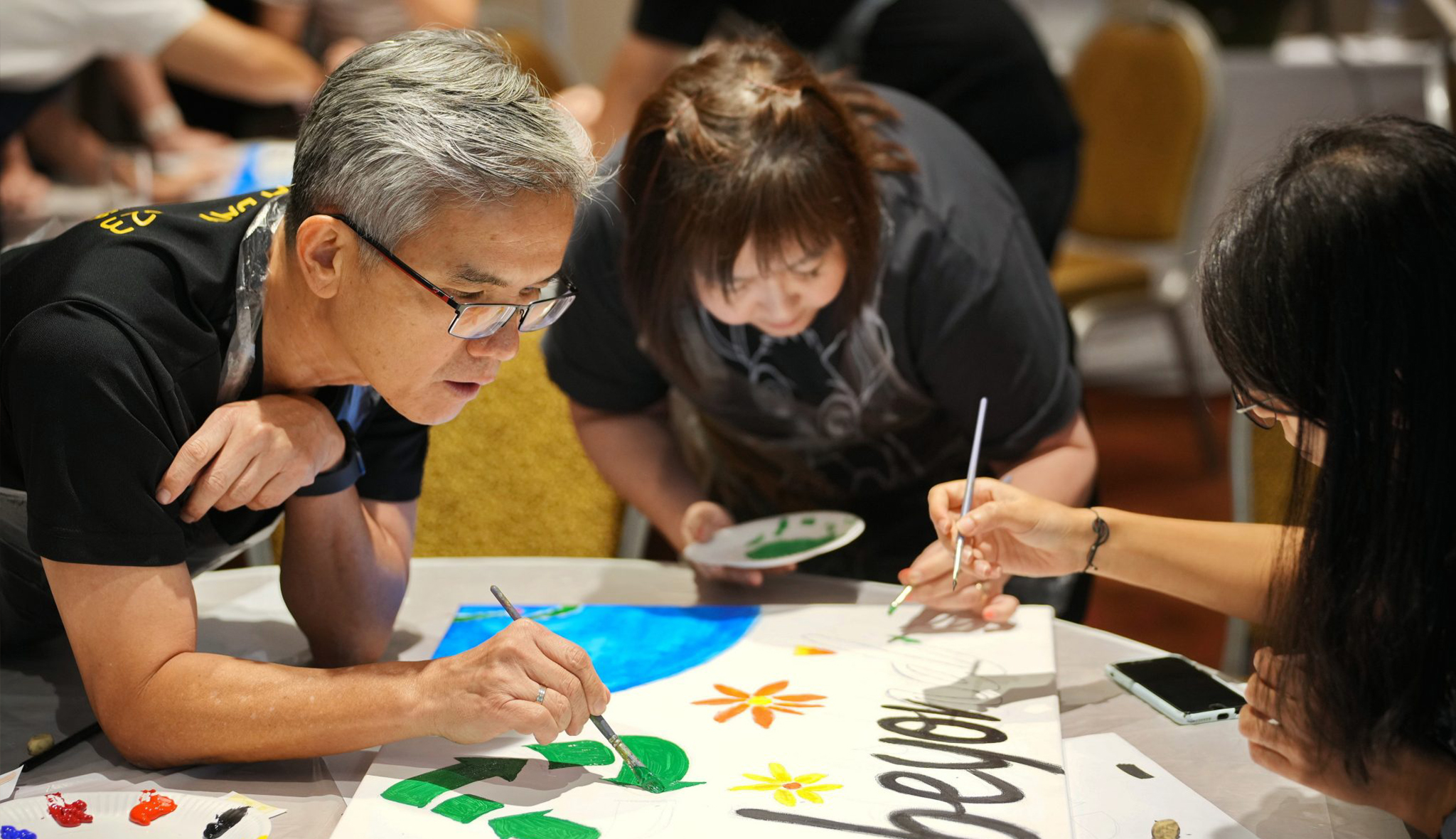
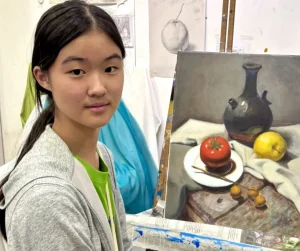






















Yeo Hoe Koon
Oil on Canvas
64 x 89.5 cm
Price Range: $16,000 - $20,000

Yeo Hoe Koon
Oil on Canvas
101 x 123 cm
Price Range: $26,000 - $32,000
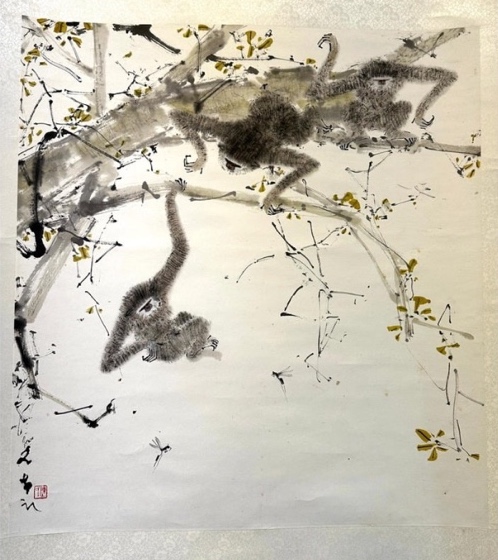
Chen Wen Hsi
Chinese Ink and Color on Paper
50 x 54cm
Price Range: SGD $42,000 - $50,000
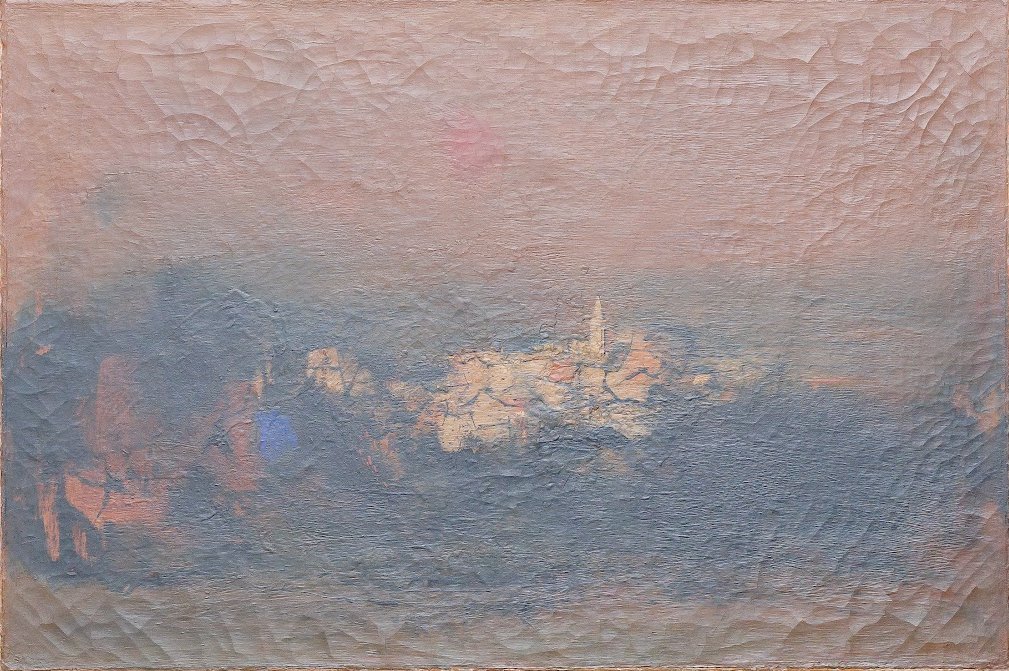
Cheong Soo Pieng
Red Tone
61 x 91.5cm
Price Range: SGD $108,000 - $138,000
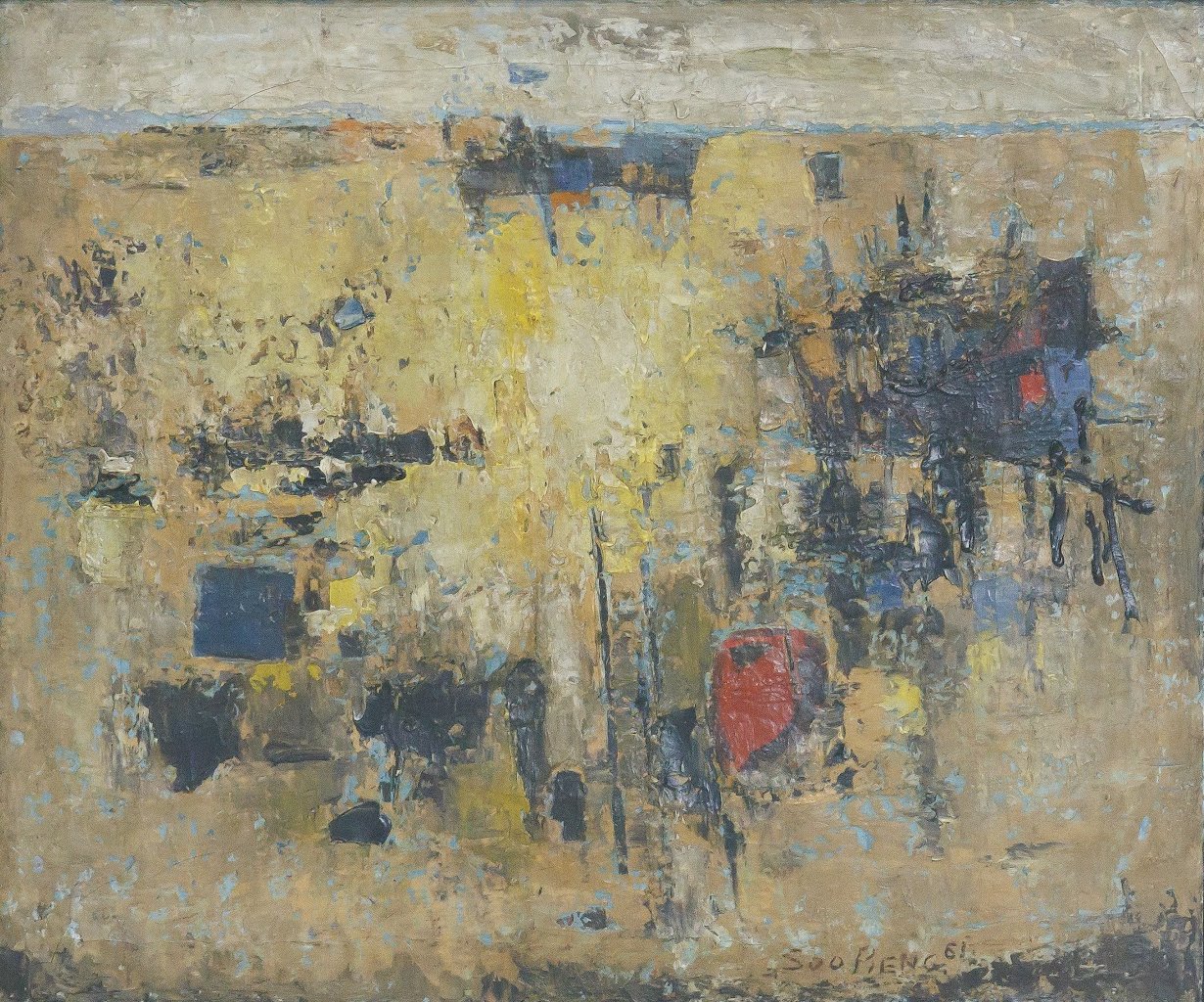
Cheong Soo Pieng
Abstract Landscape
50 x 61cm
Price Range: SGD $95,000 -$128,000
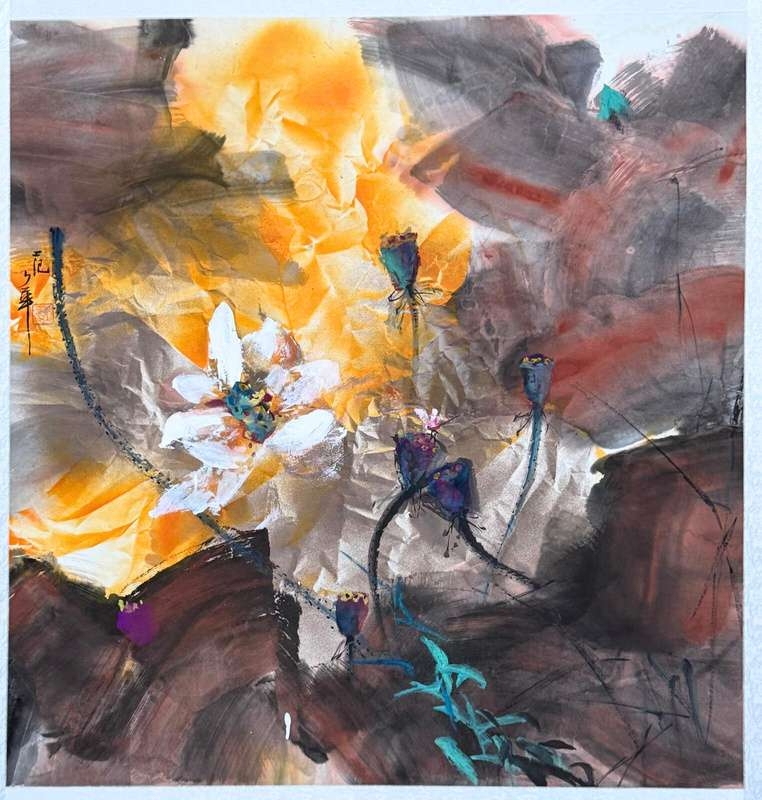
Fan Shao Hua
Chinese Ink and Colour on Paper
100 x 100cm
Price Range: SGD $9,800 - $14,800
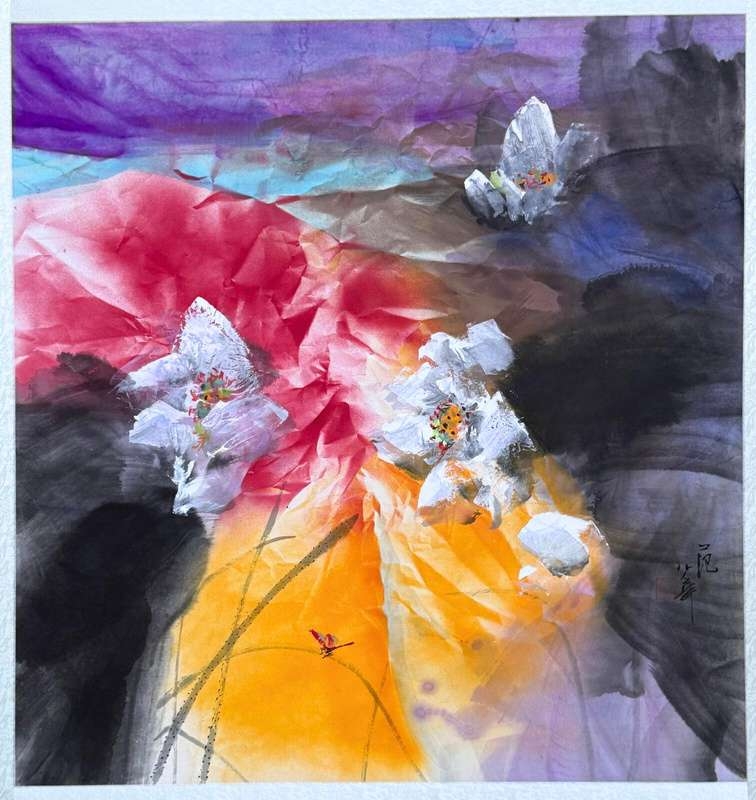
Fan Shao Hua
Chinese Ink and Colour on Paper
100 x 100cm
Price Range: SGD $8,800 - $13,800
In the annual Deepavali Festival, we like to encourage all the hard-working employees to join us for our special art jamming events and workshops. Visual Arts Centre is specialised and glad to host these art workshops as a form of art therapy so that these dedicated employees can have a fun and meaningful art workshop where they can relax and enjoy themselves!
Deepavali, also known as Diwali, is a major Hindu festival celebrated by millions around the world. It usually falls in October or November and symbolizes the victory of light over darkness and good over evil.
Key Aspects of Deepavali:
1. Lighting of Diyas: People illuminate their homes with oil lamps (diyas) and candles, creating a festive atmosphere.
2. Rangoli: Colorful patterns made with rice, flour, or colored powders are created at doorsteps to welcome guests and deities.
3. Worship: Many families perform puja (prayer rituals) to Goddess Lakshmi, the deity of wealth and prosperity, as well as Lord Ganesha, the remover of obstacles.
4. Sweets and Feasts: Traditional sweets like ladoos and barfis are prepared and shared among family and friends, along with festive meals.
5. Fireworks: Firecrackers are a common way to celebrate, adding to the vibrant atmosphere.
6. Cultural Significance: Deepavali holds various meanings in different regions. For some, it marks the return of Lord Rama to Ayodhya, while for others, it signifies the victory of Lord Krishna over the demon Narakasura.
Deepavali is not just a religious event but a time for families to come together, forgive past grievances, and celebrate unity and joy.
During the Deepavali Celebration session, explore the following Art Workshop options:
Scroll Below To Find Out More!
1. Rangoli
Learn to create intricate rangoli patterns on the floor using colored powders, rice, flower petals, or other materials. These rangoli designs are typically made at the entrance of homes to welcome guests and bring good fortune.
Some common themes in Deepavali Rangoli include:
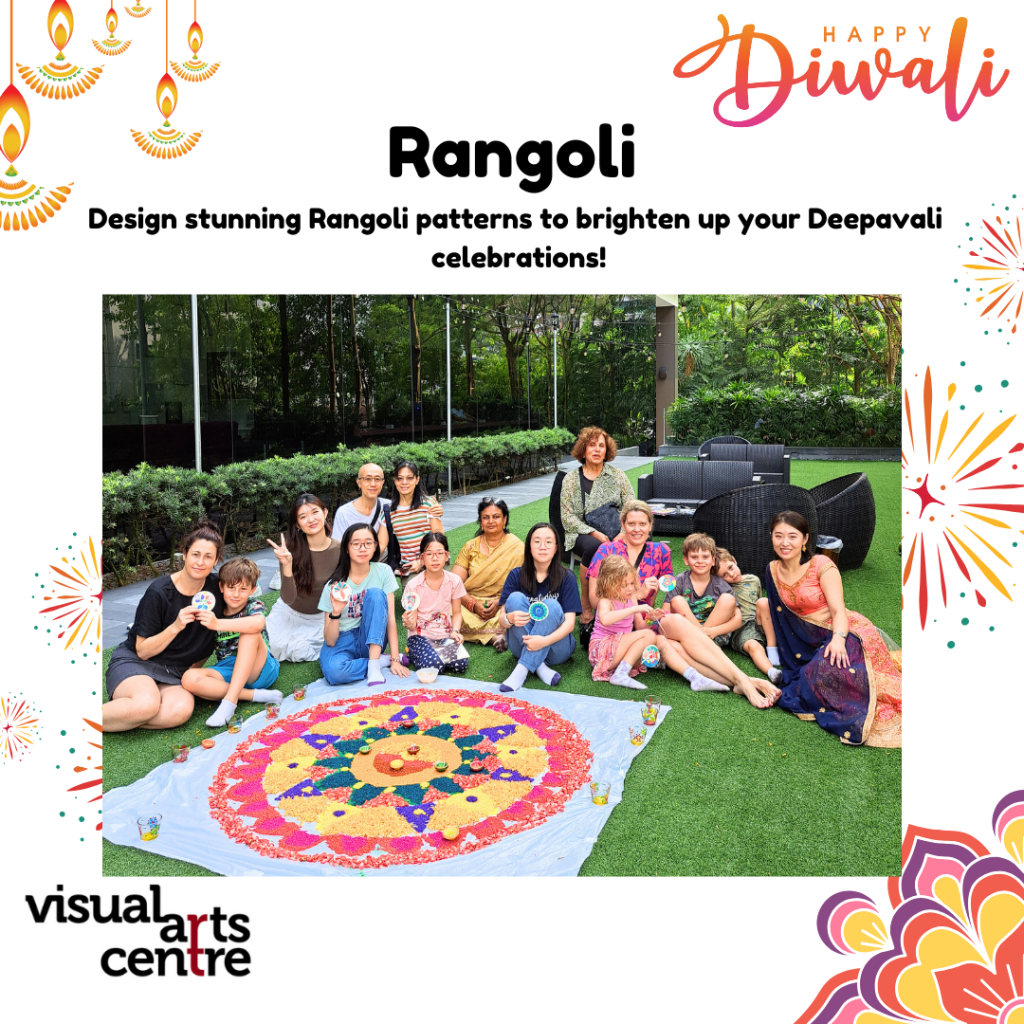



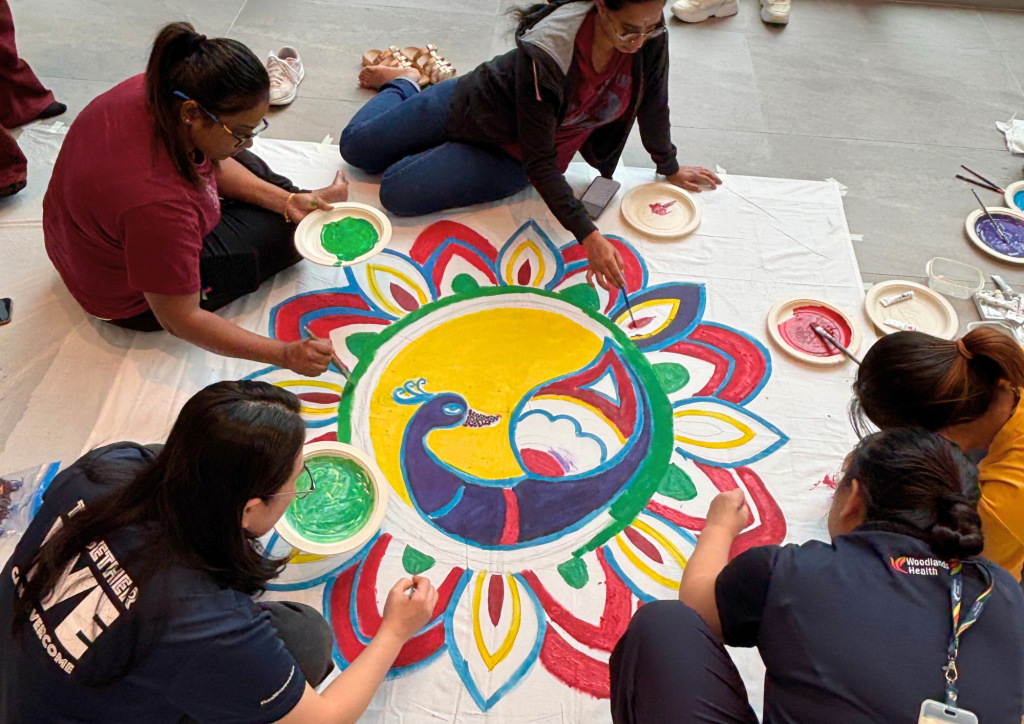
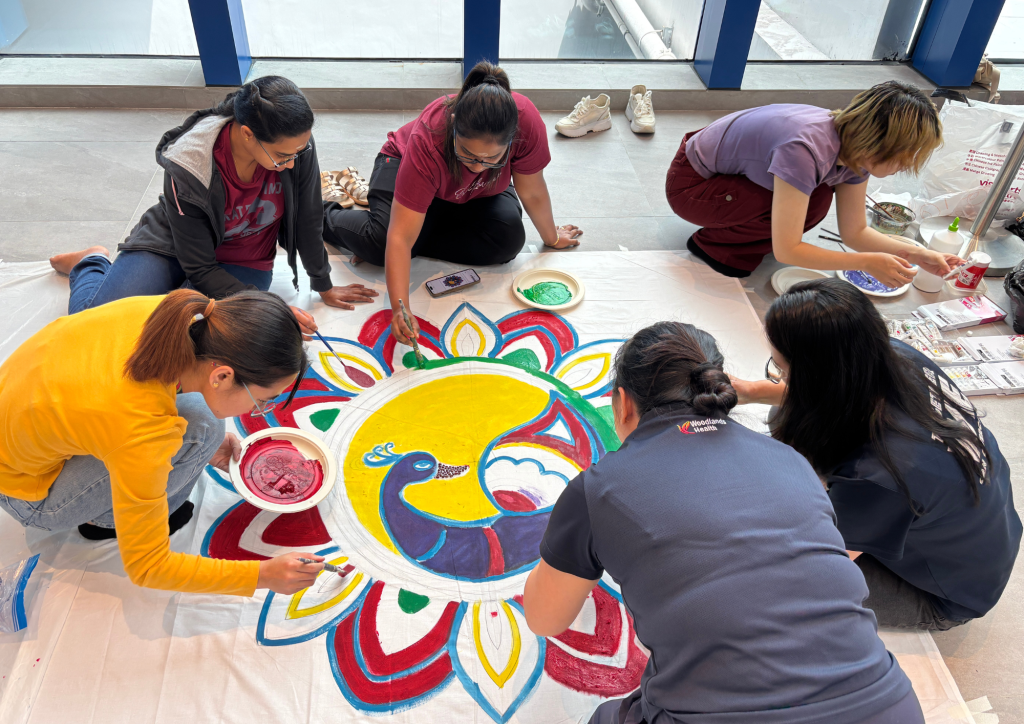
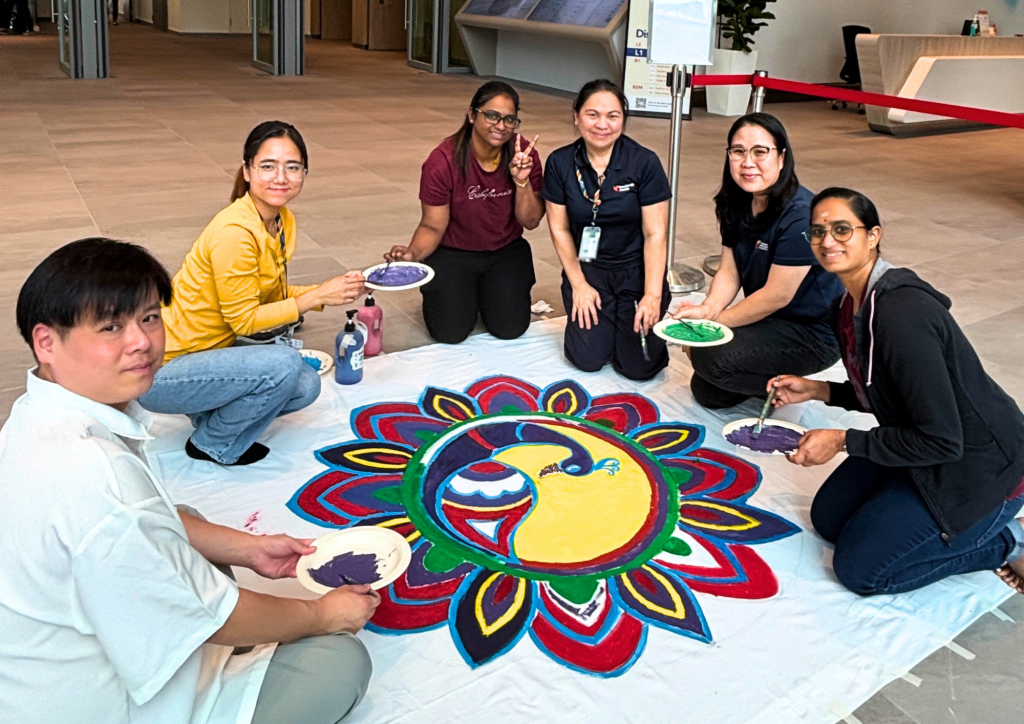
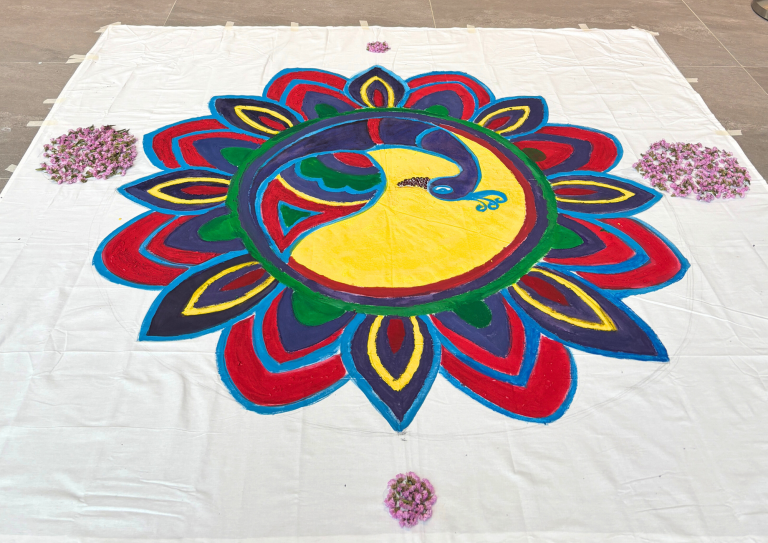
2. Glass Painting
For Deepavali glass painting, we will guide you on how to use glass paint or acrylic mixed with glass medium to create colorful and intricate painting and designs, often inspired by traditional rangoli patterns, diyas (oil lamps), or symbolic motifs like peacocks, lotuses, and elephants on glass surfaces. First, clean the glass, sketch the design with a marker, then paint it using brushes or paint pens, adding details like glow-in-the-dark or glitter accents. Let the paint dry completely, then cure by air-drying or baking, depending on the paint type, to set the design.
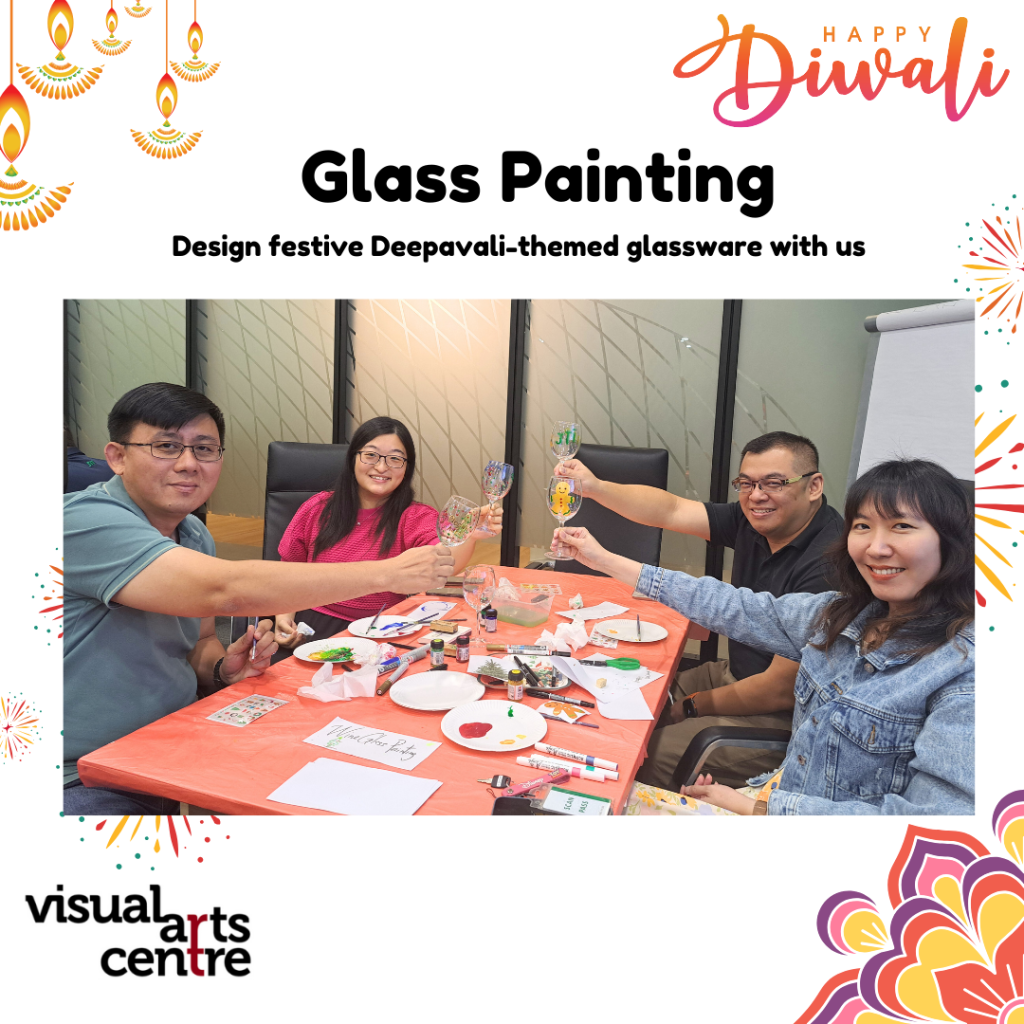
3. Resin Coaster Painting
Be guided to make Deepavali-themed resin coasters, mix epoxy resin and pour it into silicone molds, adding Deepavali-themed traditional patterns, diyas (oil lamps), or symbolic motifs like peacocks, lotuses, and elephants., or glow-in-the-dark pigments. Use black, orange, or purple resin with glitter or metallic accents for spooky effects, and layer designs for depth. Let the resin cure fully, pop the coasters out of the mold, and sand the edges or add a cork backing for a polished finish.
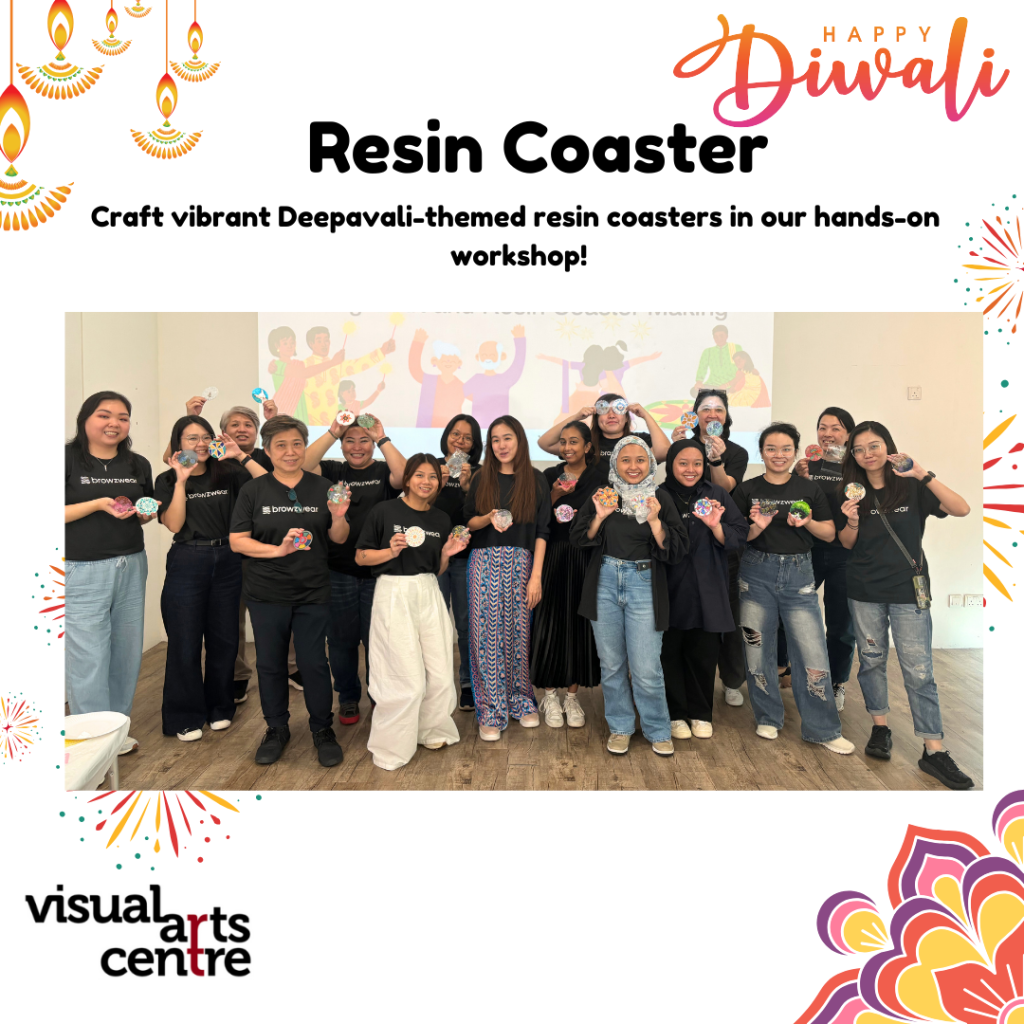
4. Outdoor Urban Landscape Sketching @ Little India or your preferred location
We will guide you and team to learn how capture the essence of cityscapes through outdoor urban landscape sketching! This activity allows participants to explore various elements of urban design, such as buildings, streets, parks, and human activity, while honing their observational skills through location like Little India. The focus is on quick, loose sketches that emphasize form, light, and shadow, rather than detailed perfection
We would recommend organise the Little India during the Deepavali celebration or we can go over to your preferred location! Little India is filled with lively atmosphere, it’s streets lined with traditional shophouses, temples, and markets or Tekka Centre or street graffiti art!
Explore a bustling market offering everything from fresh produce and Indian spices to traditional Indian clothing like sarees. It’s a great spot for a taste of local life and culture. Street Art and Murals: Little India also features striking street art, with murals that depict both modern and traditional Indian motifs. These add to the neighborhood’s visual charm.
We provide all the materials to the participants like sketchbook, pencil, ink pens, or even can opt for watercolors illustration
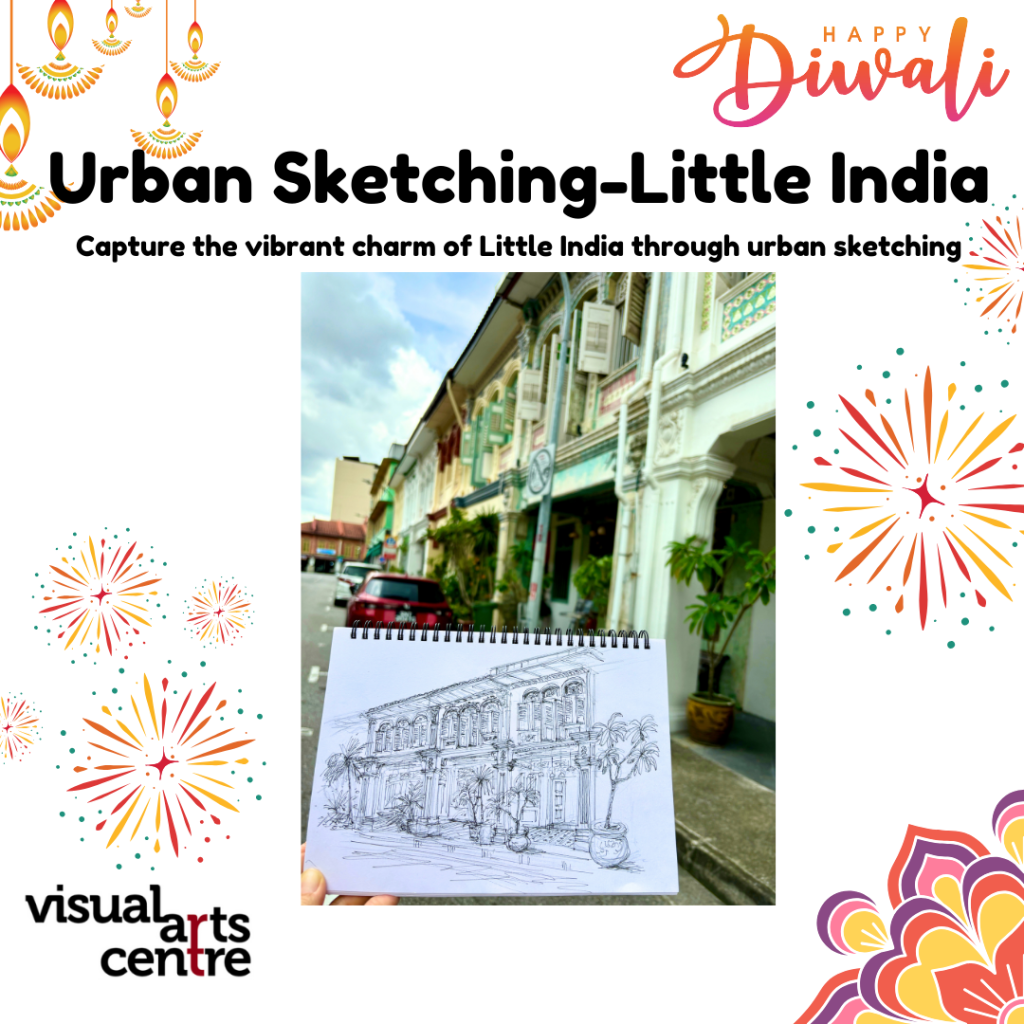
Our special Deepavali Team Bonding Art Jamming workshops for employees are conveniently held at both our Dhoby Ghaut and MacPherson Art Studio or head over to your office too!
We can even customise the session’s date, time, duration and cater to a small group size.



Address:
10 Penang Road, #01-02 Dhoby Ghaut Green,
Singapore 238469
Exit from Dhoby Ghaut MRT Station Exit B and turn left, we are there in 30m!

Address:
AZ@Paya Lebar, 140 Paya Lebar Road, #03-04,
Singapore 409105
Exit from Macpherson MRT Station Exit A and turn left, we are right across the road, 1 minute walk away!
Have any questions? Please drop us an enquiry form and we'll respond to you as soon as we can!
Click and get to our WhatsApp
Embark on a captivating journey into the vibrant world of digital art! Our Foundation in Digital Art workshop invites budding creatives aged nine and above to unleash their imagination and hone their artistic skills in a dynamic, supportive environment. From mastering basic digital tools to crafting mesmerizing digital masterpieces, children will explore a spectrum of techniques guided by seasoned mentors. Through hands-on activities and interactive sessions, participants will discover the endless possibilities of digital expression while fostering creativity and critical thinking. Join us for an exhilarating adventure where young artists transform ideas into stunning visual realities, igniting a passion for digital art
In the Batik Introduction Handkerchief Painting workshop, participants will learn the traditional art of batik, a wax-resist dyeing technique originating from Indonesia. The workshop begins with a brief history and overview of batik, highlighting its cultural significance and various techniques. Participants will then observe a demonstration of applying wax with tjanting tools and dyeing the fabric. Following the demonstration, each participant will design and create their own batik handkerchief, applying wax to create patterns and then dyeing their fabric. The workshop concludes with a group discussion, allowing participants to share their creations and reflect on their learning experience.